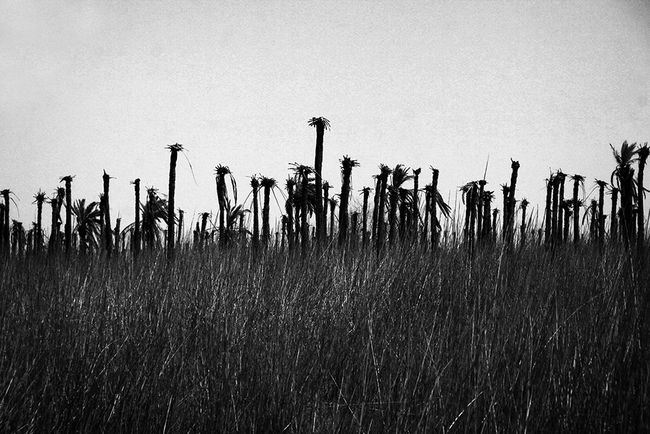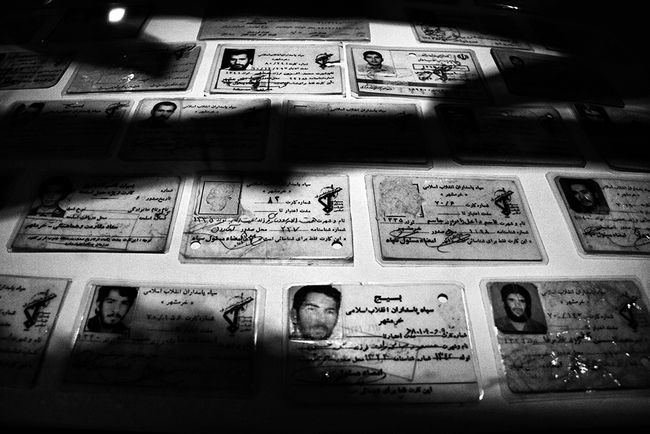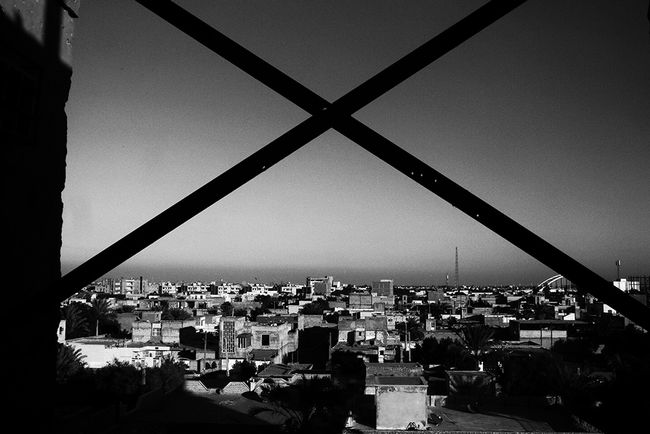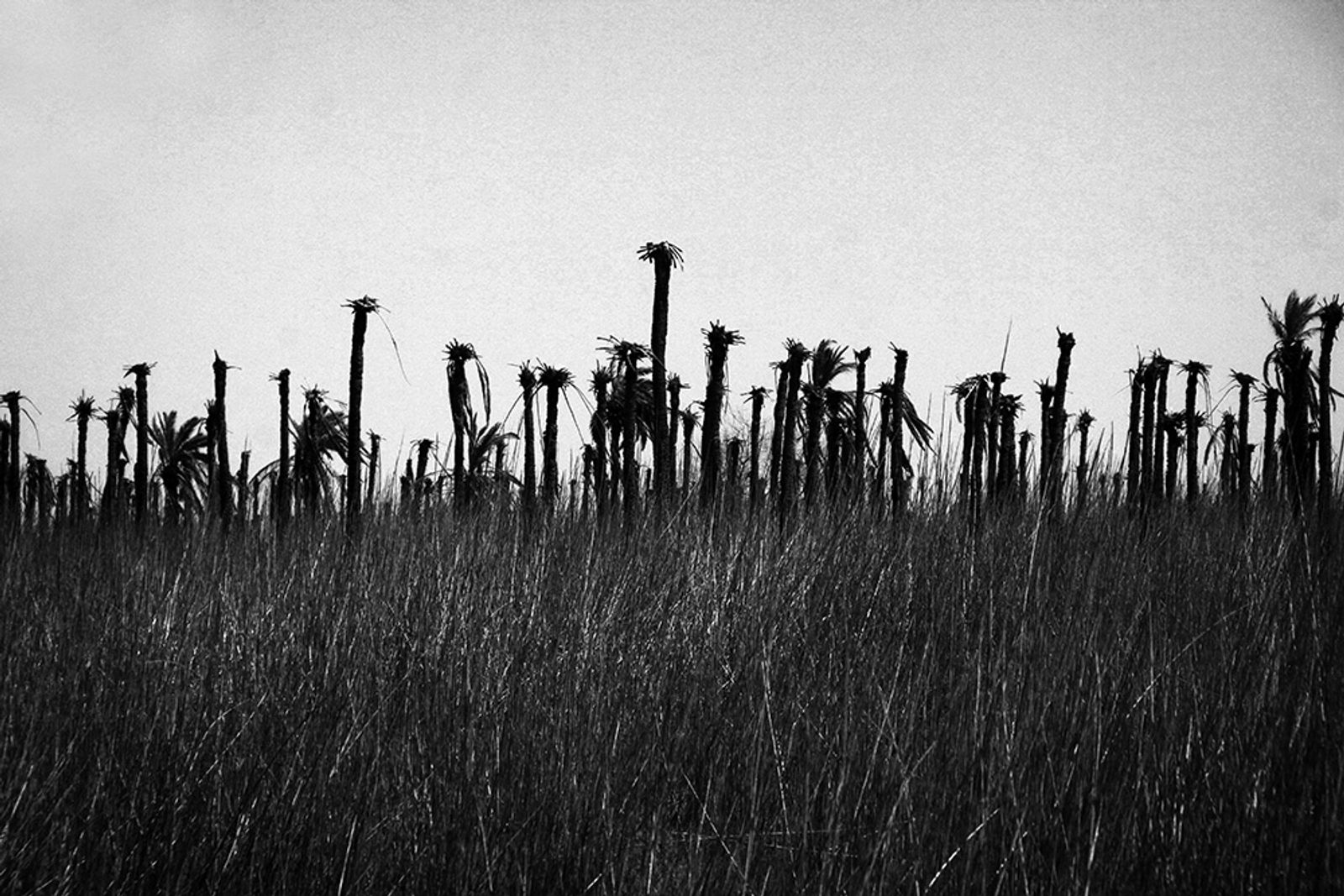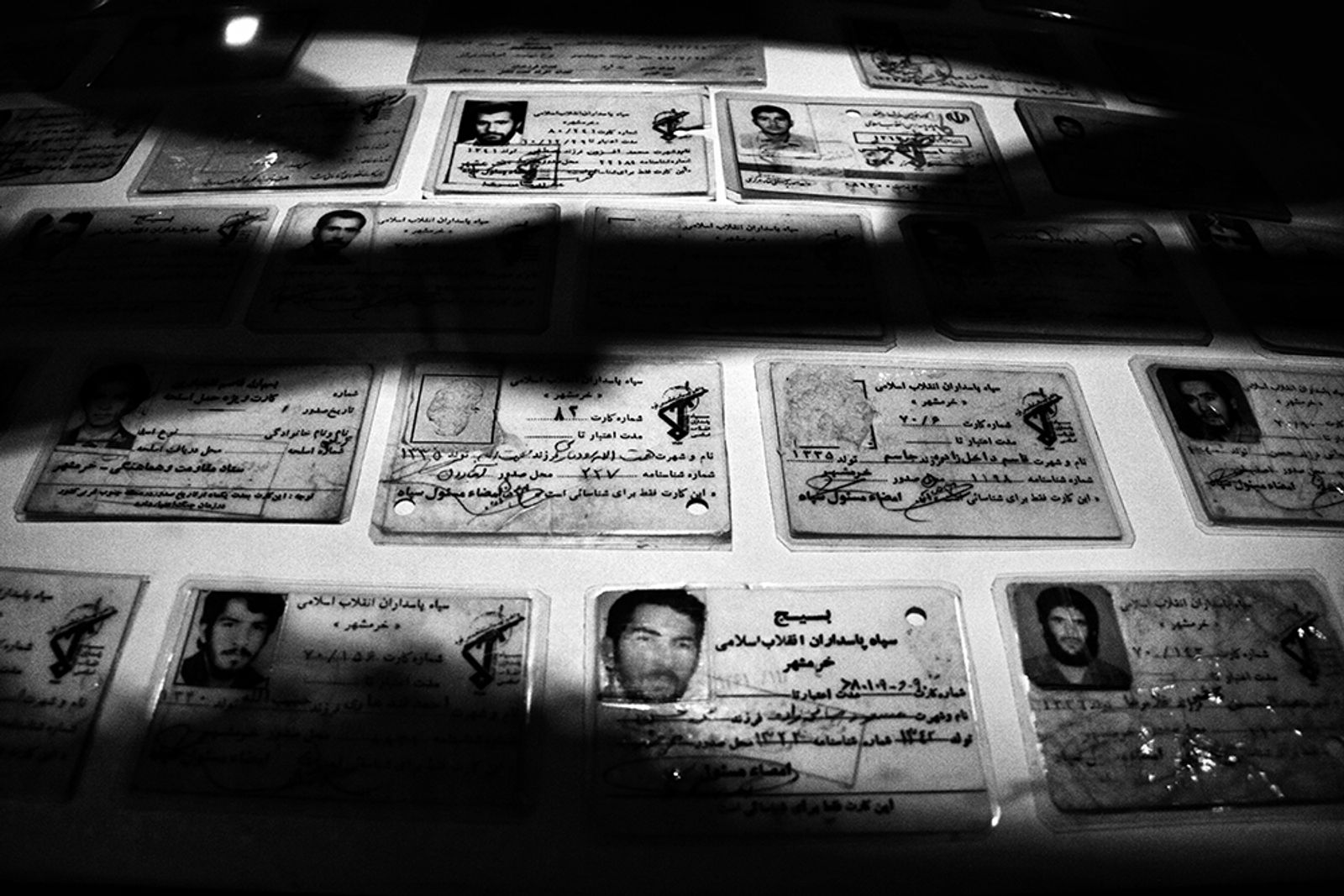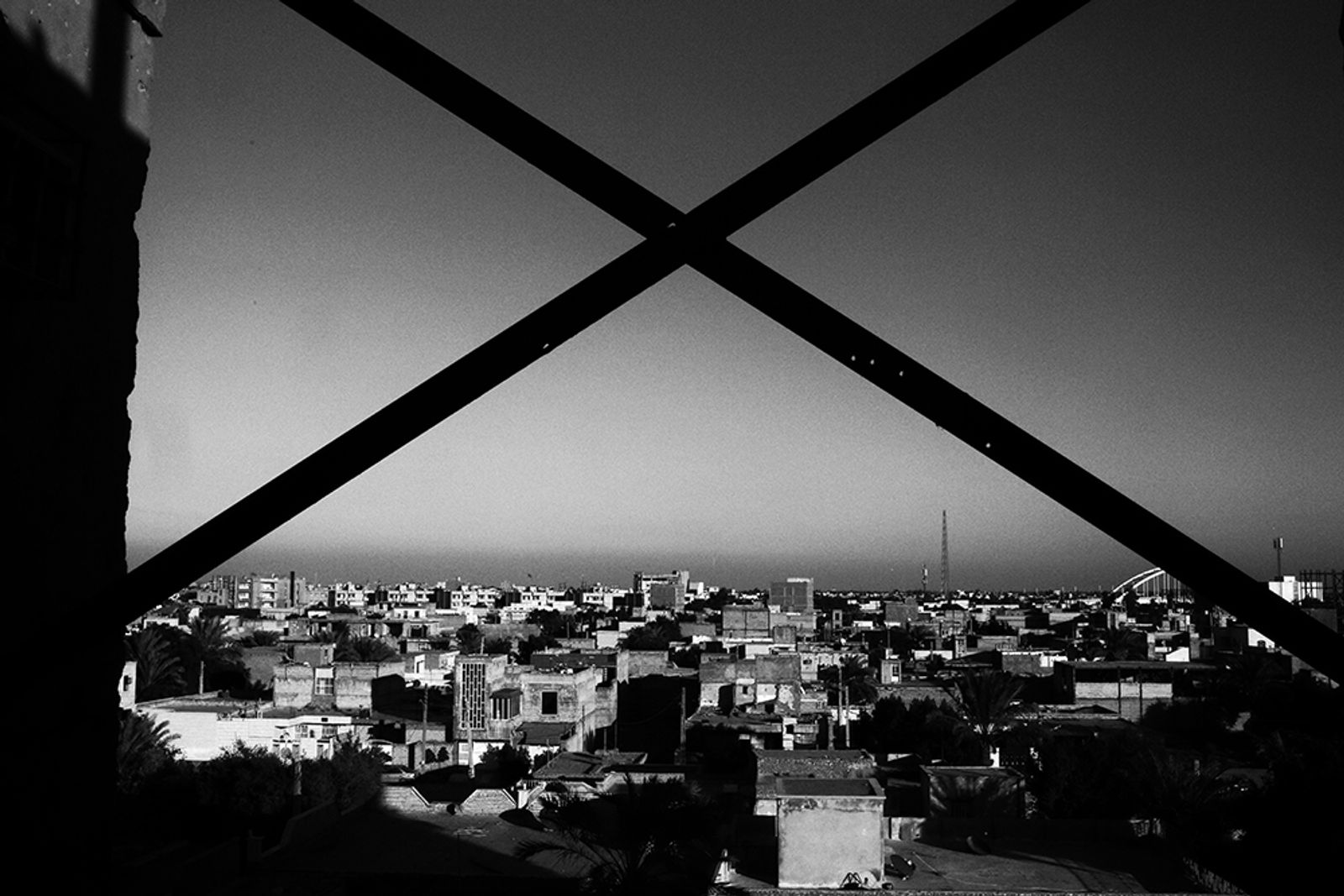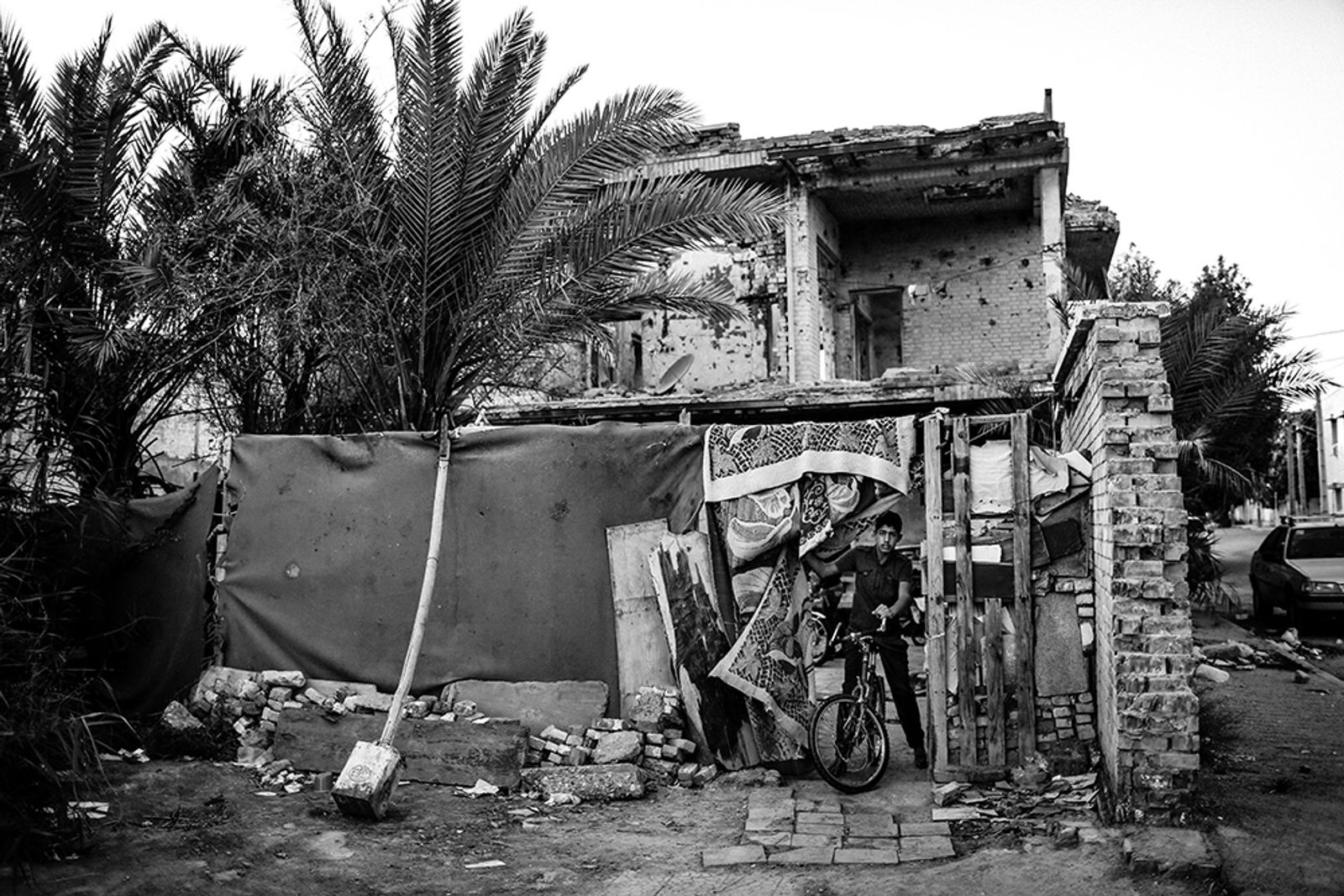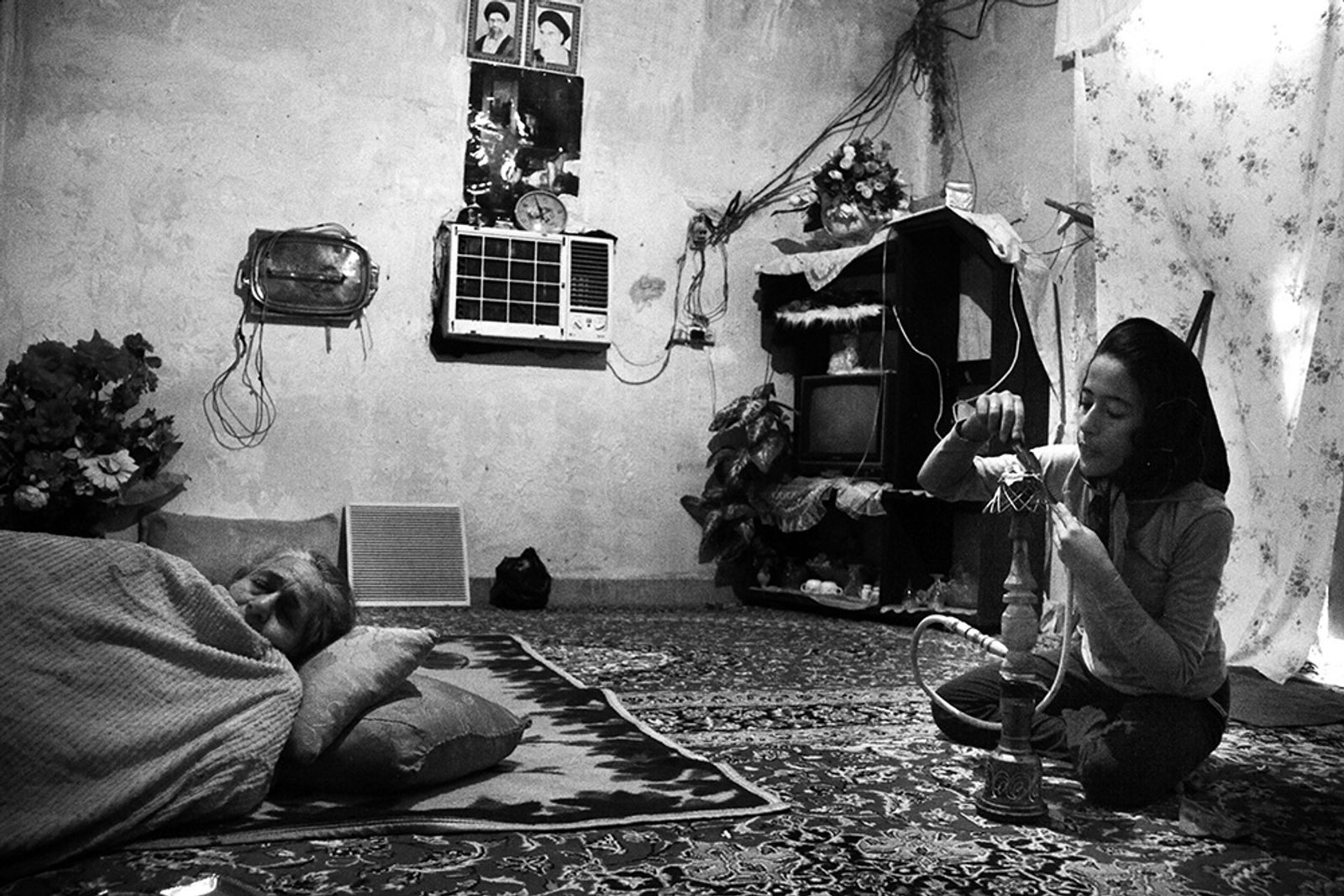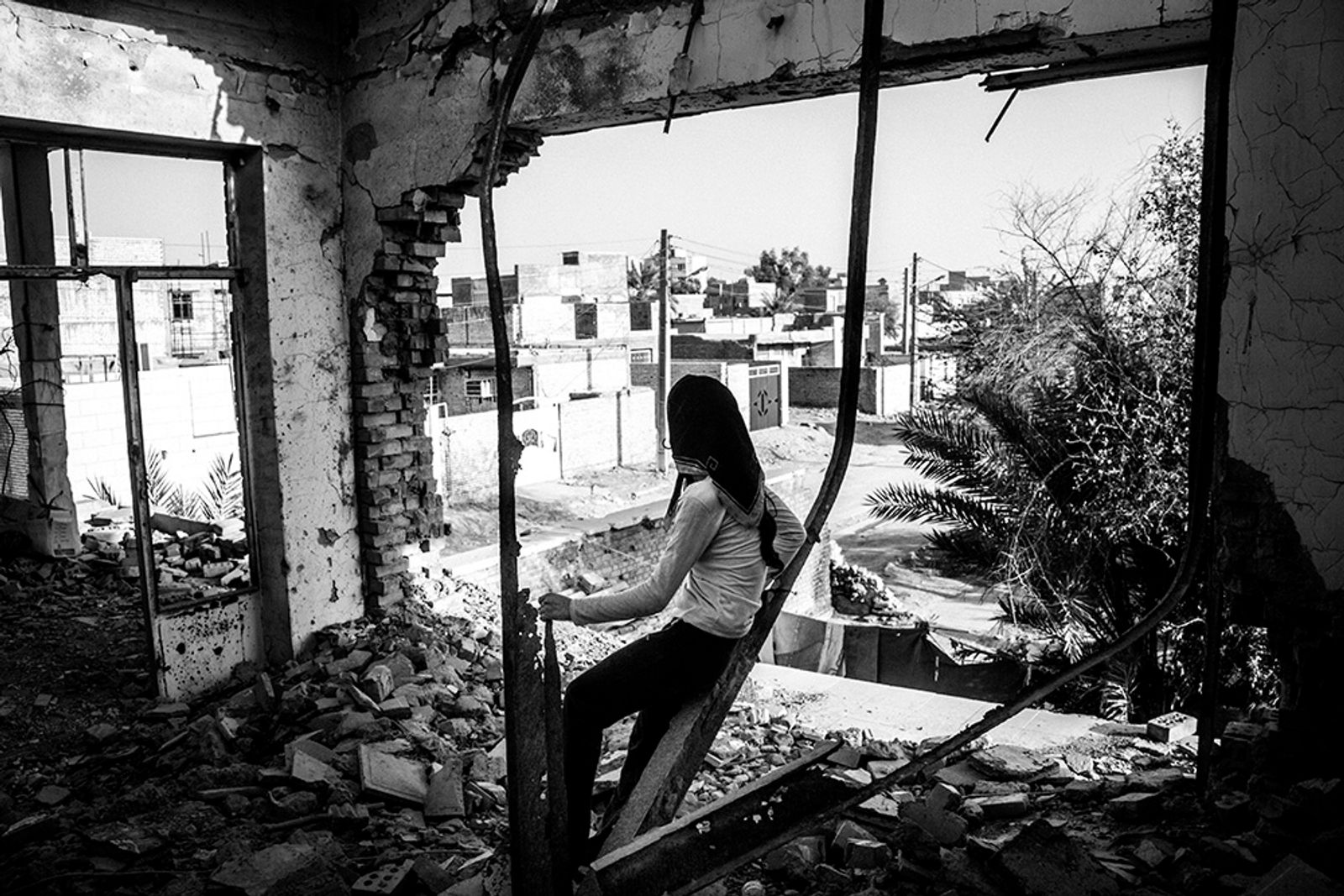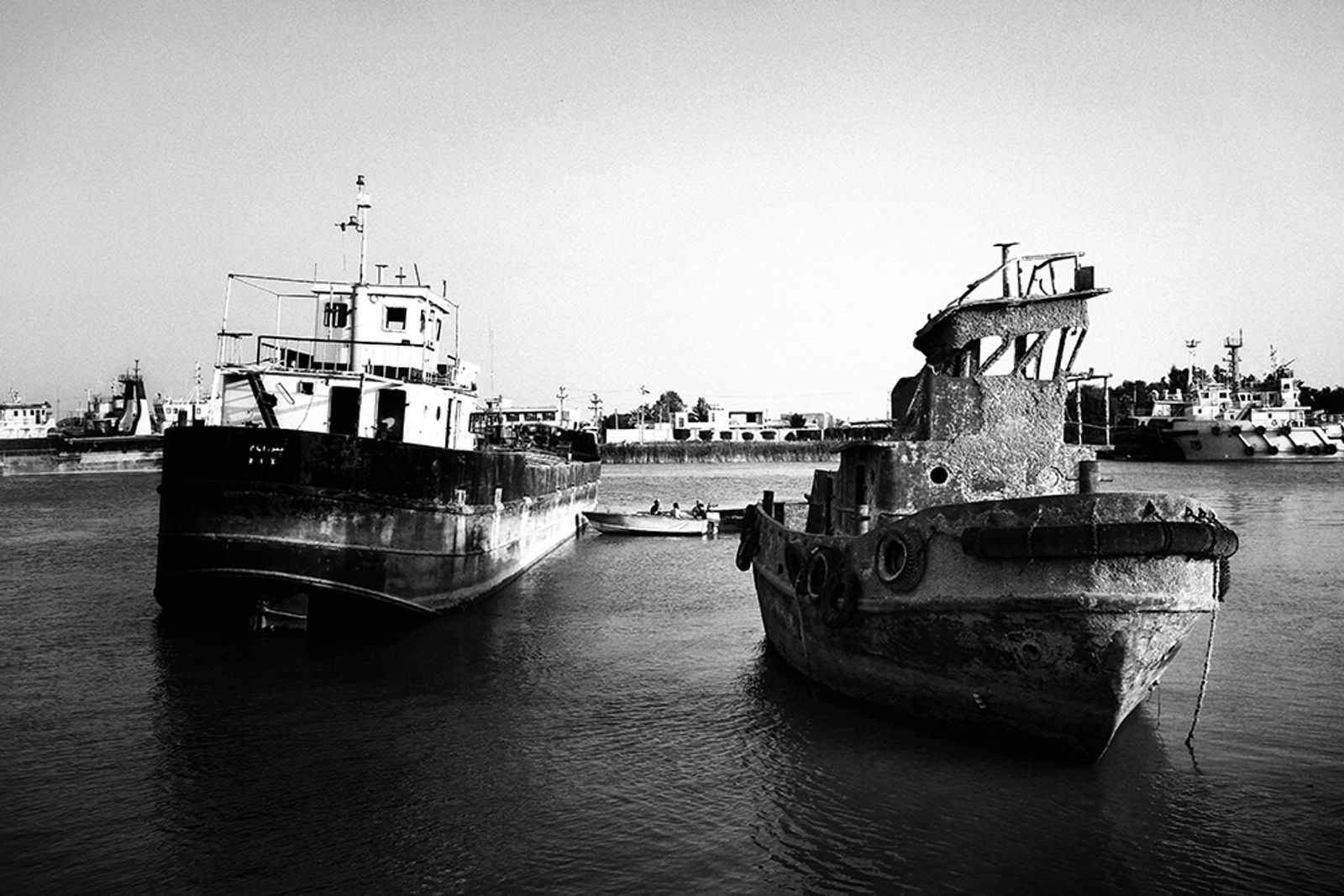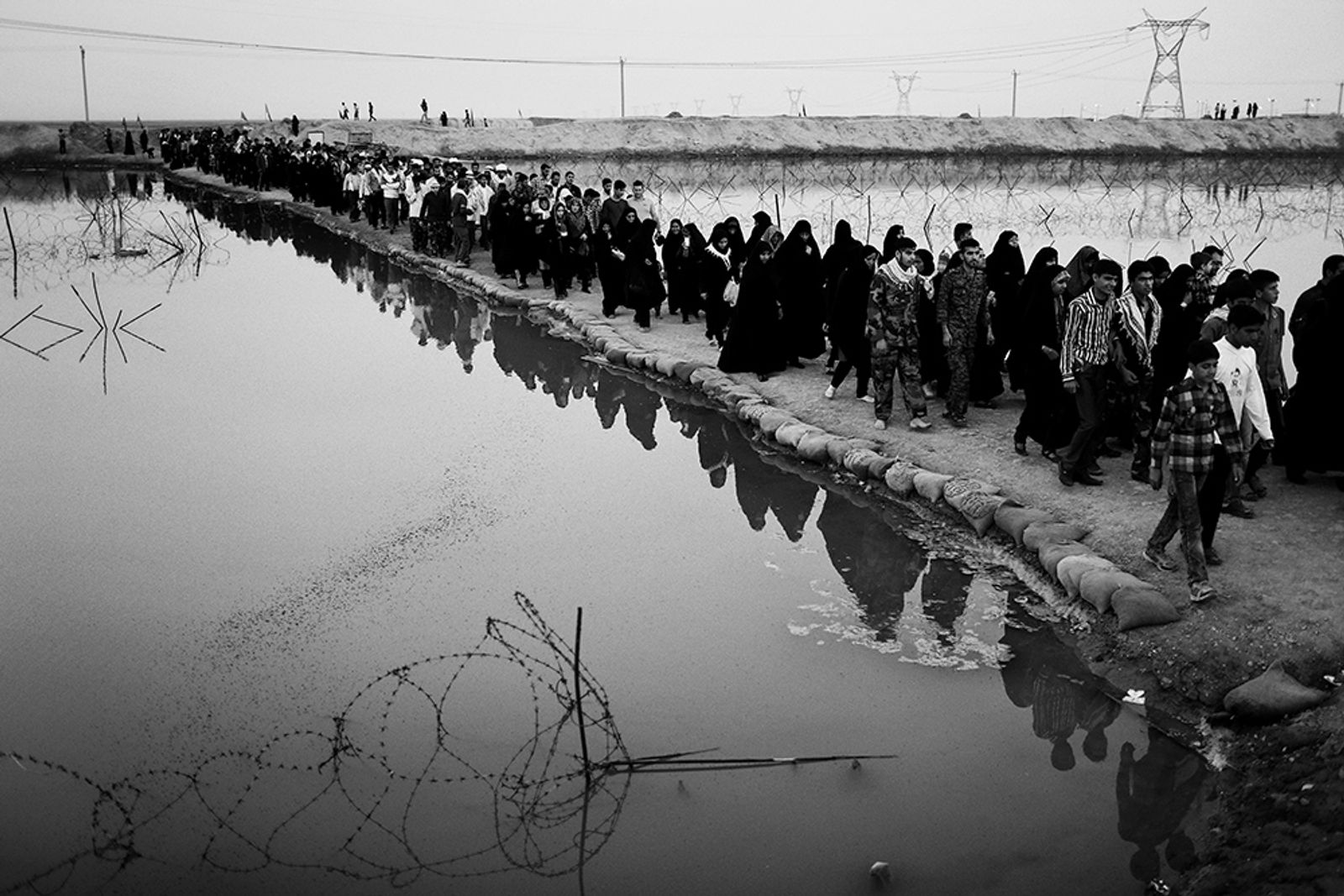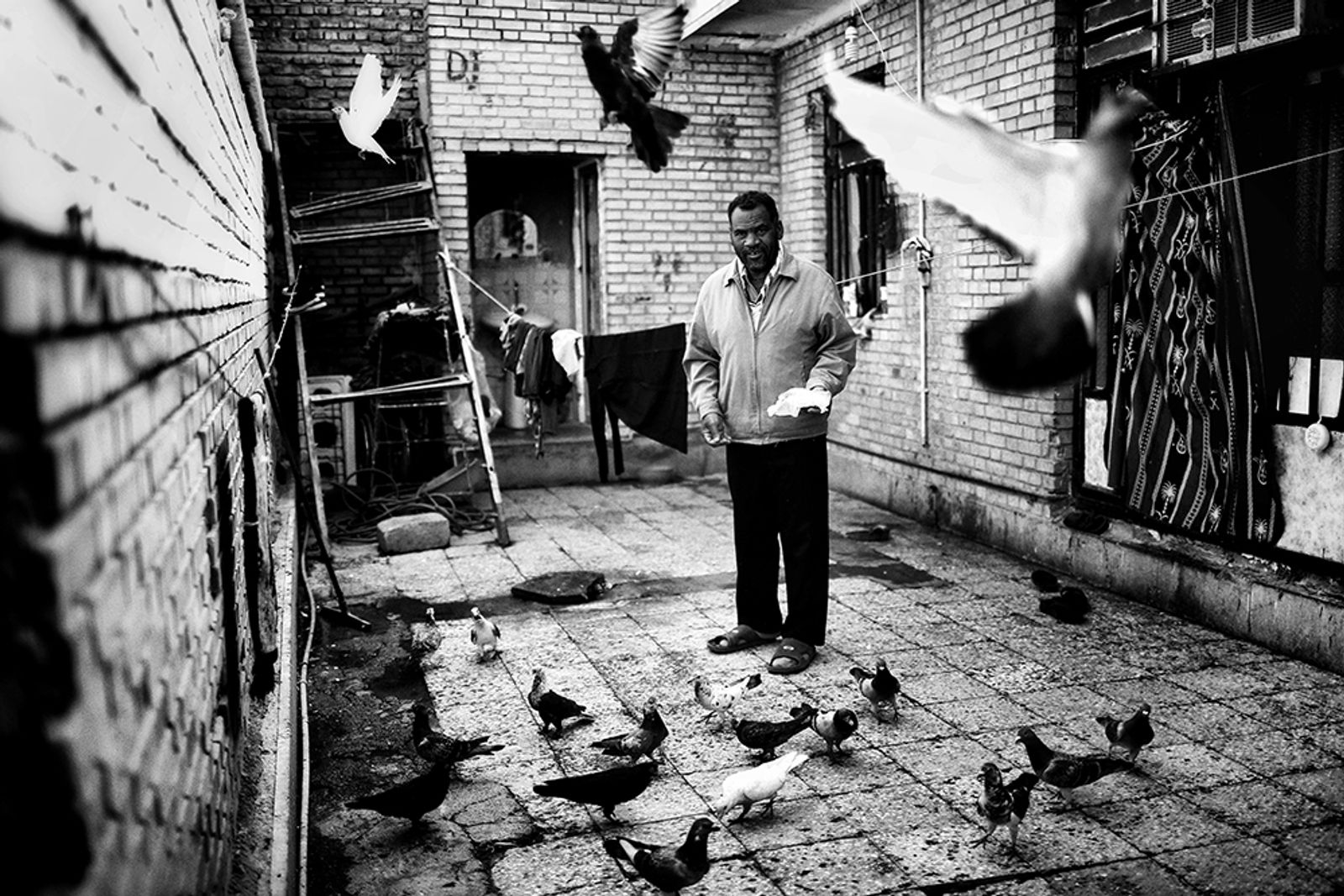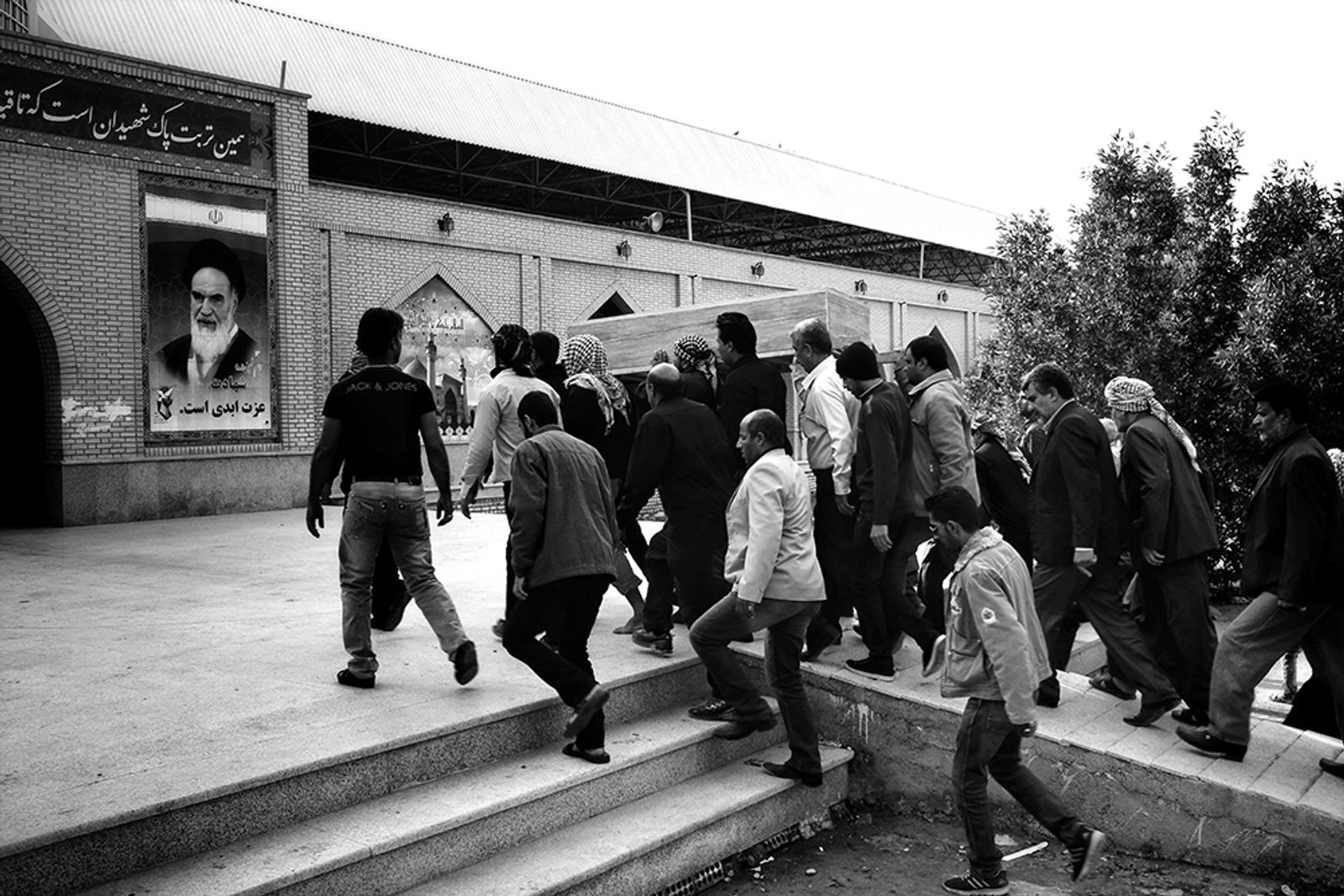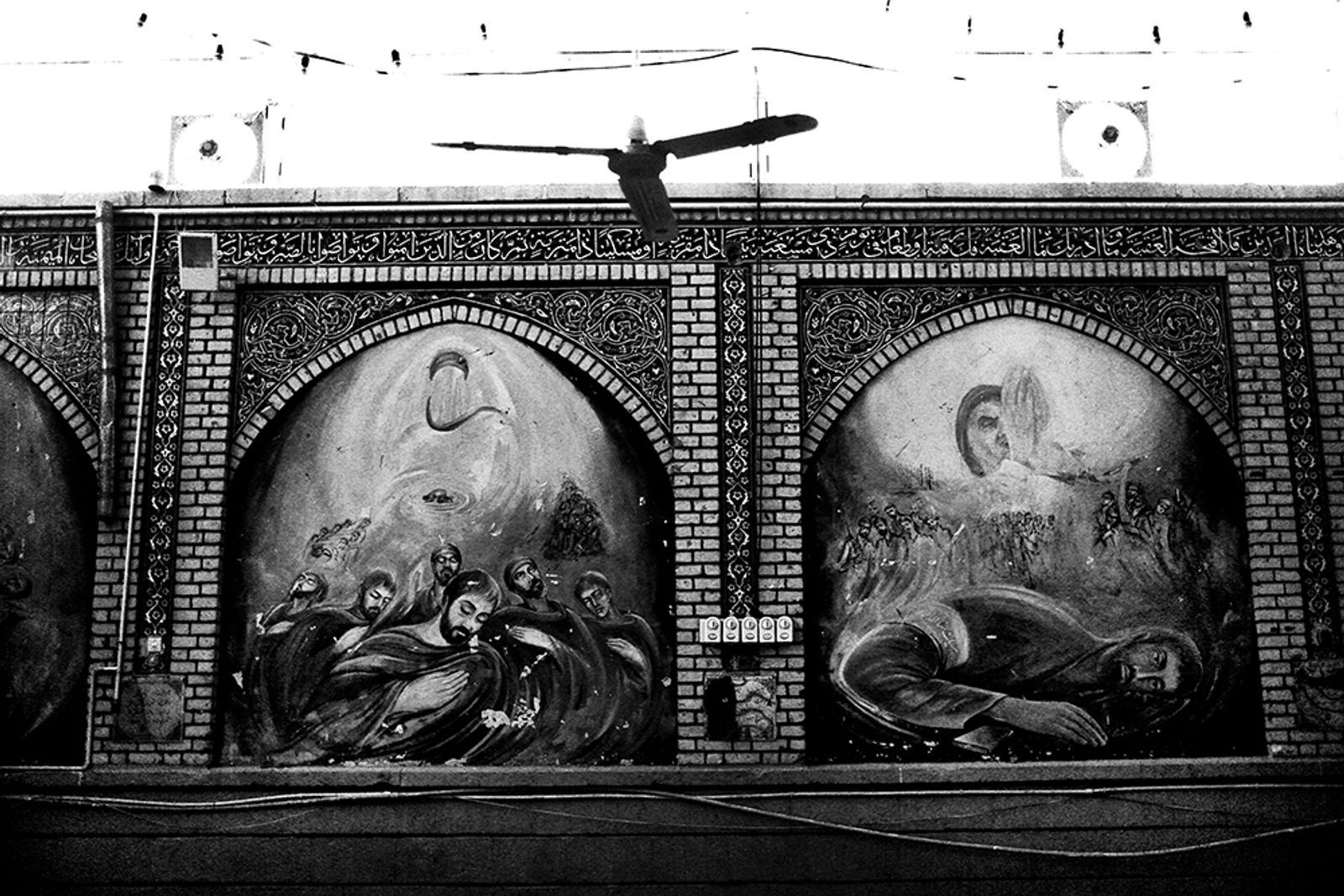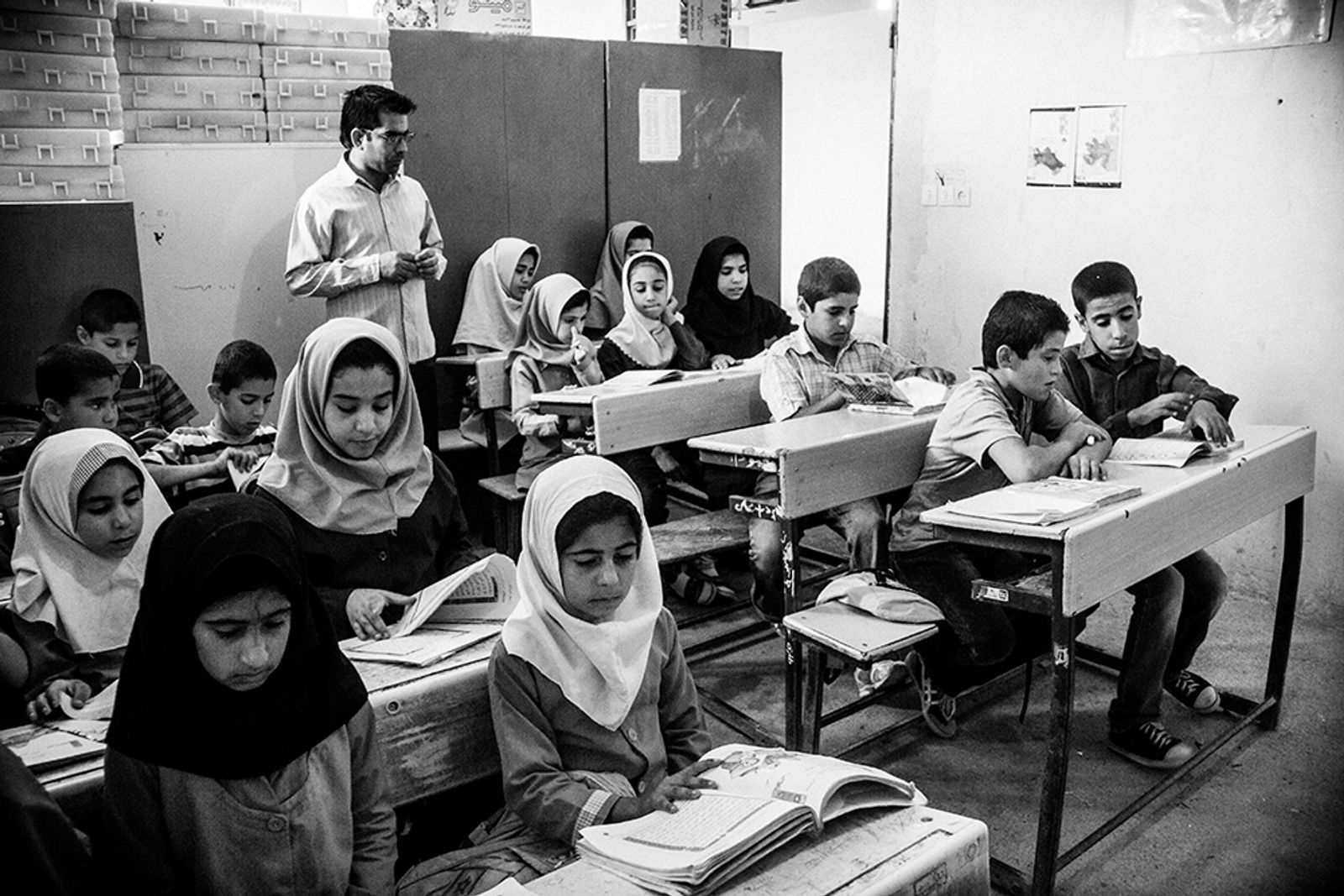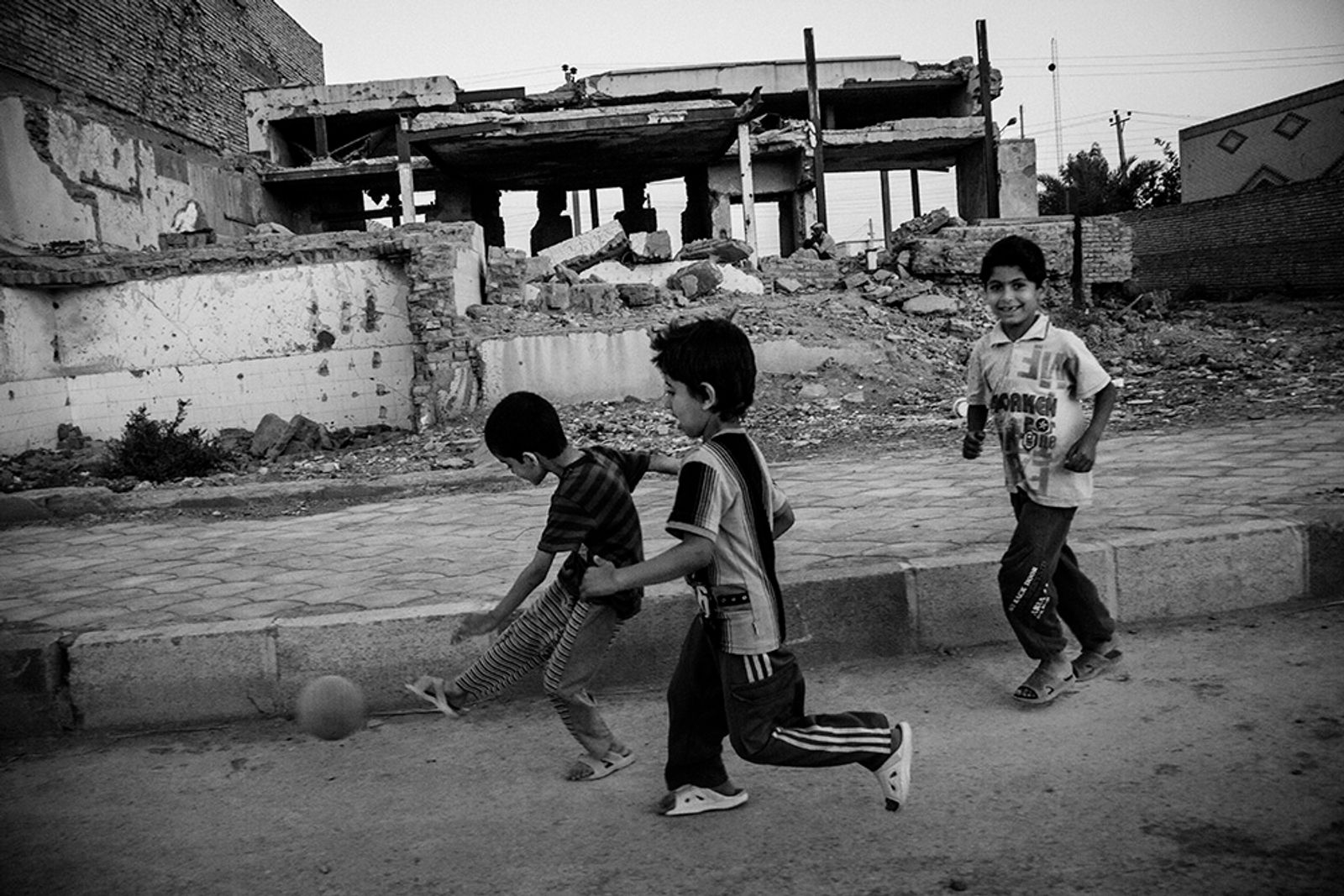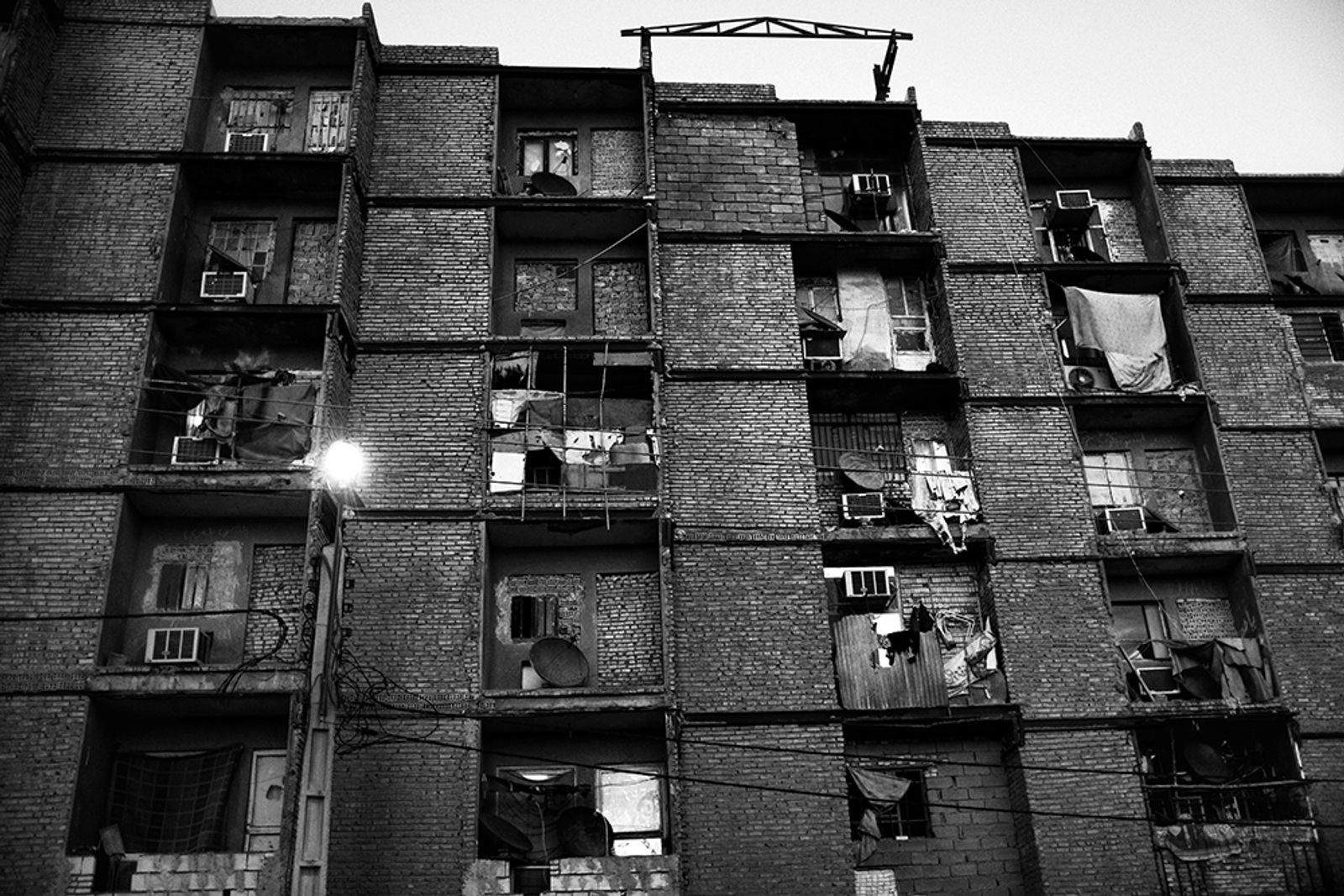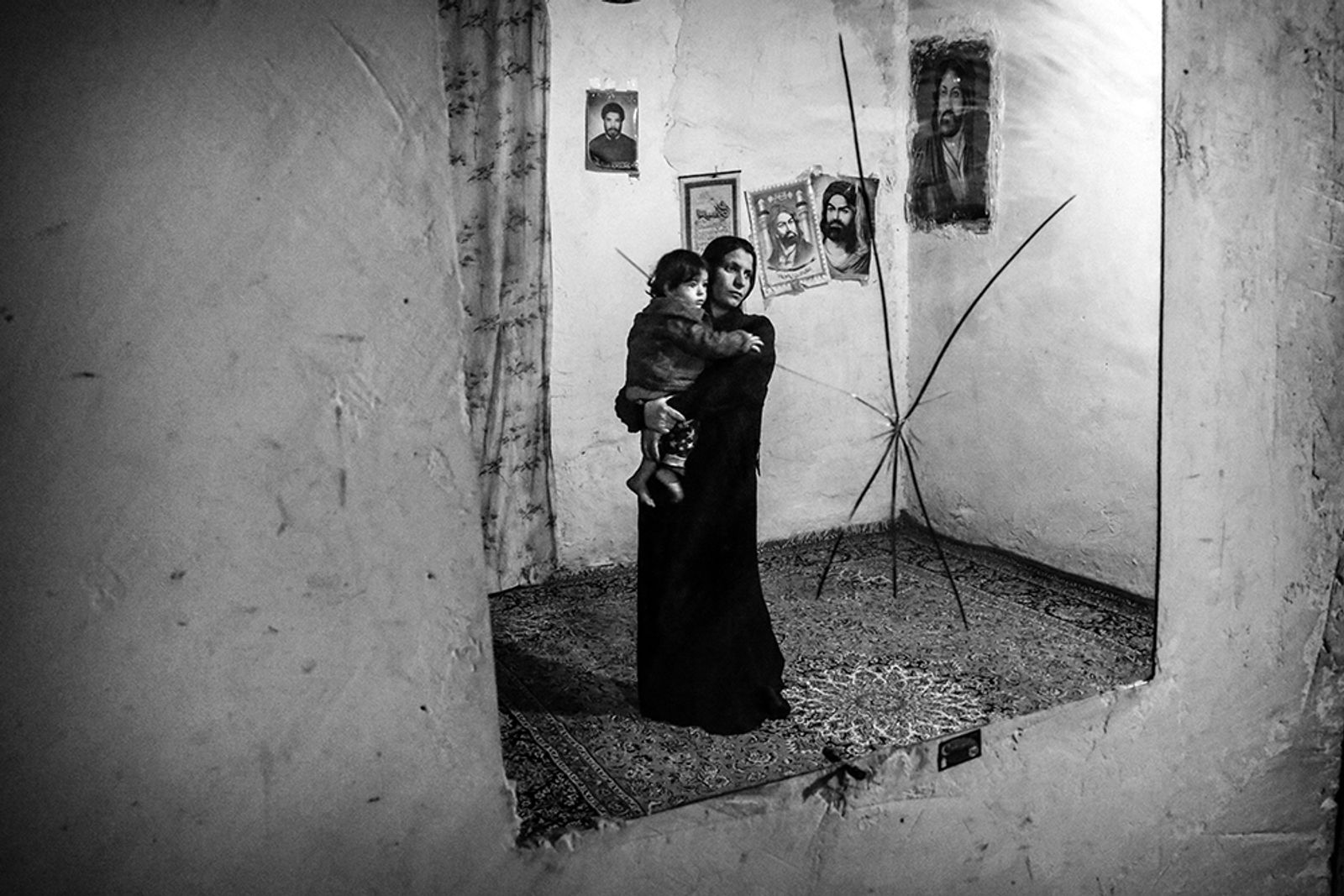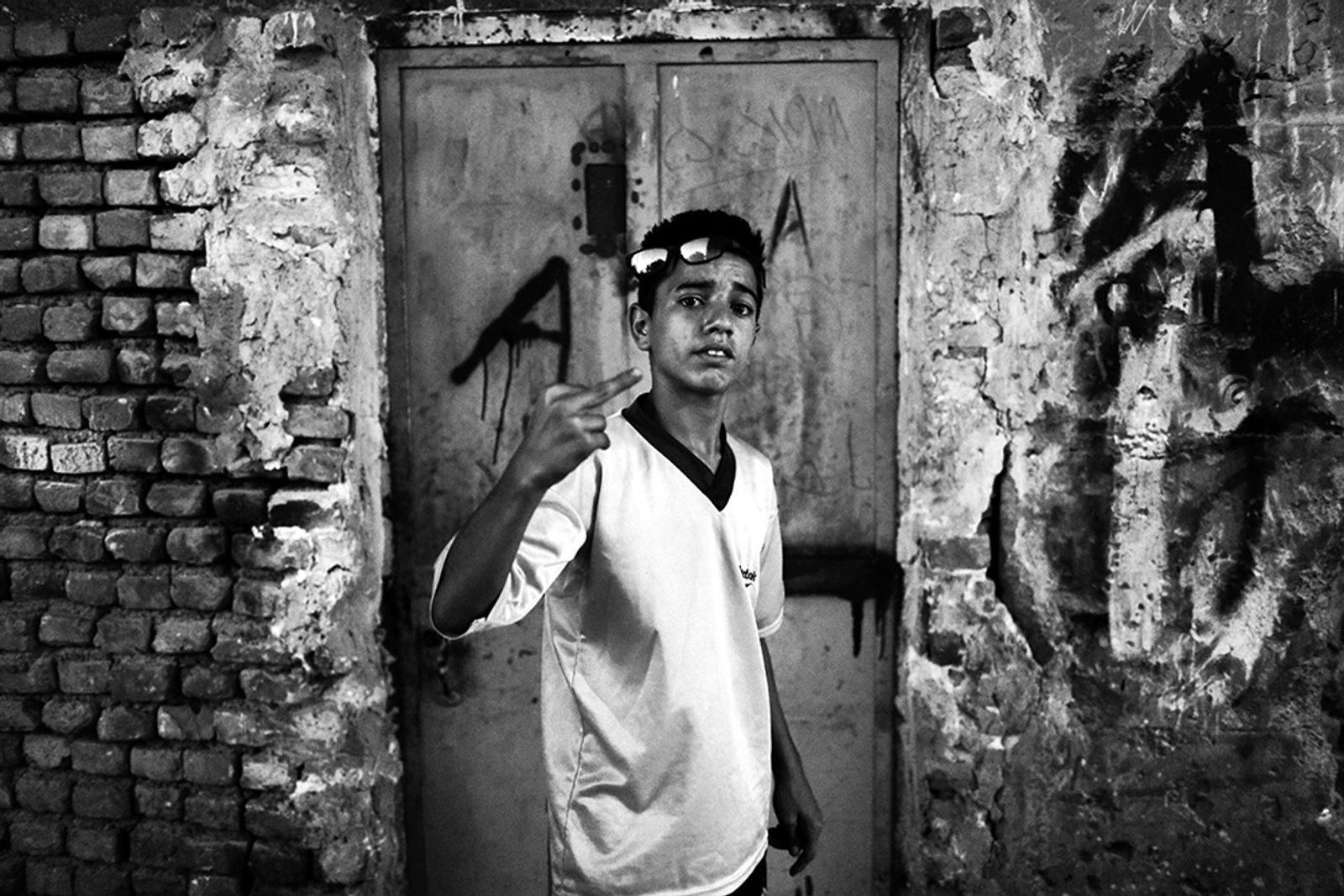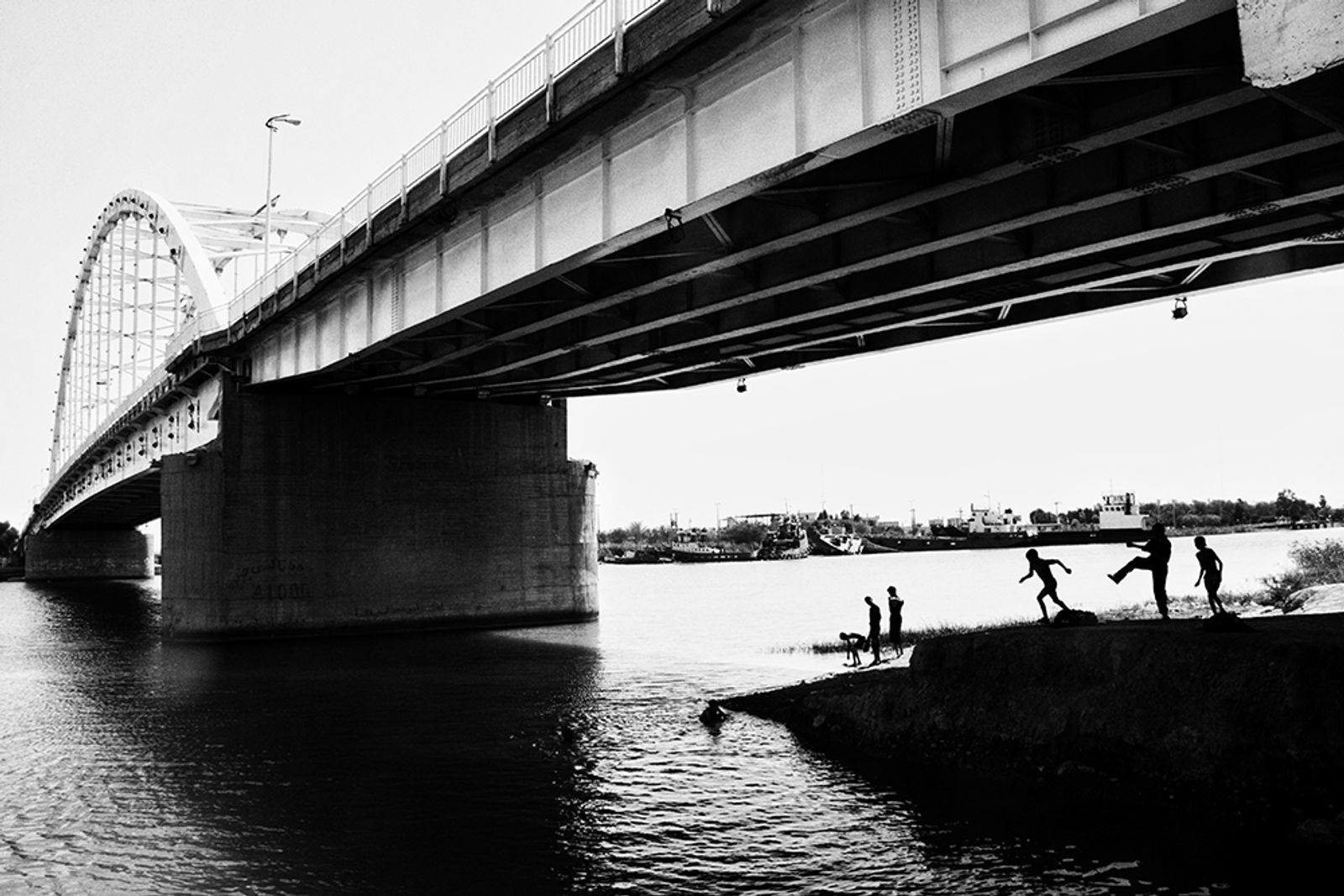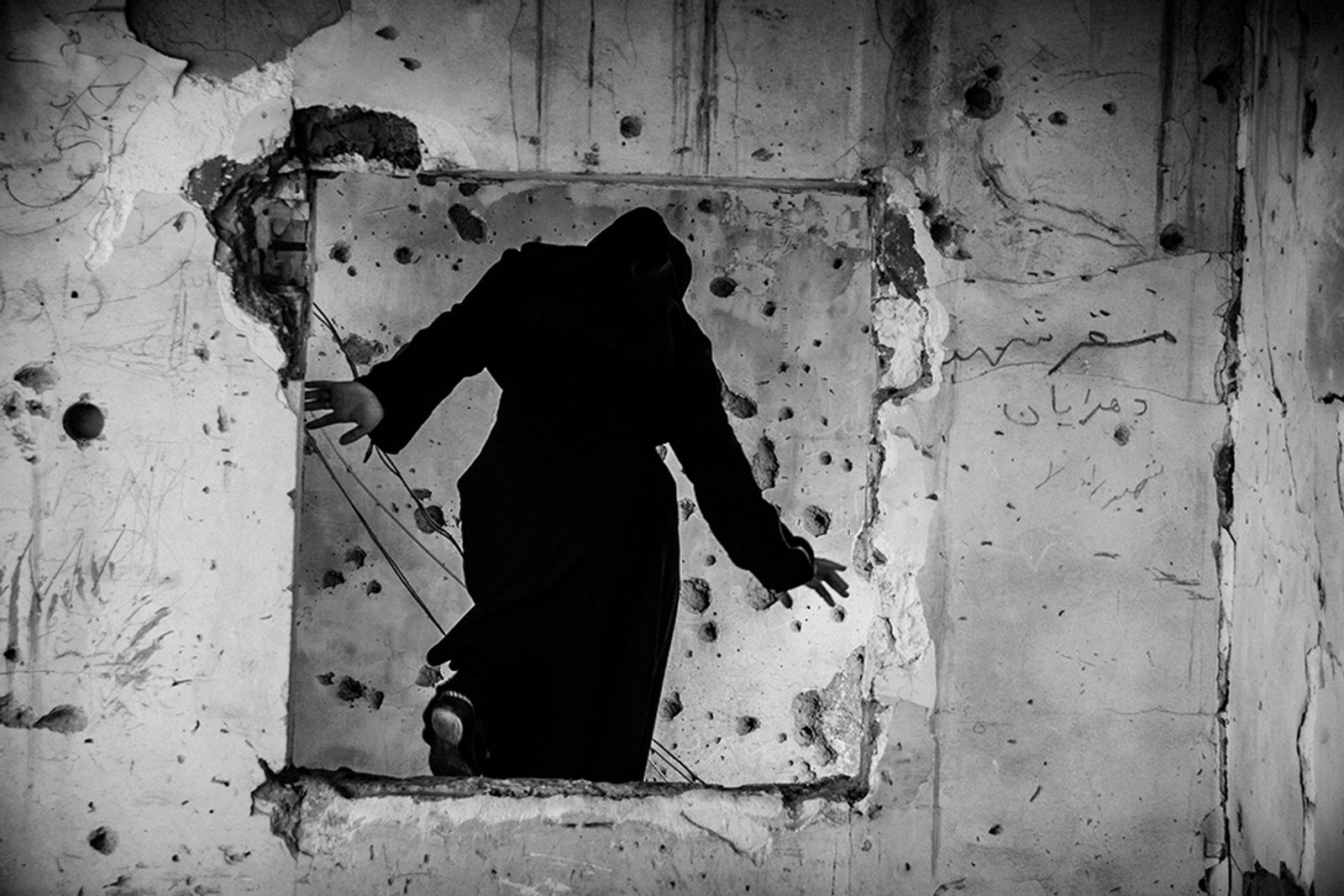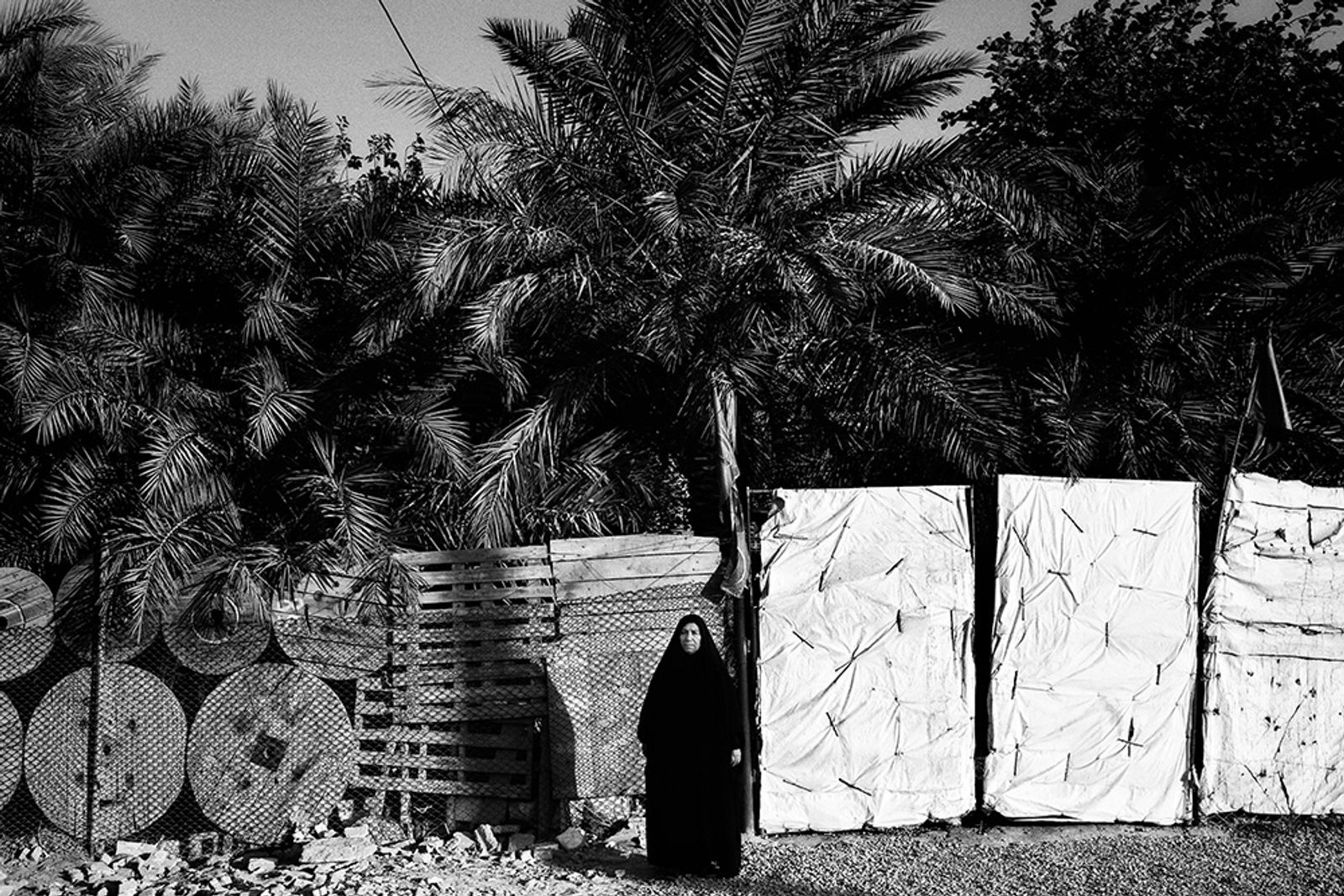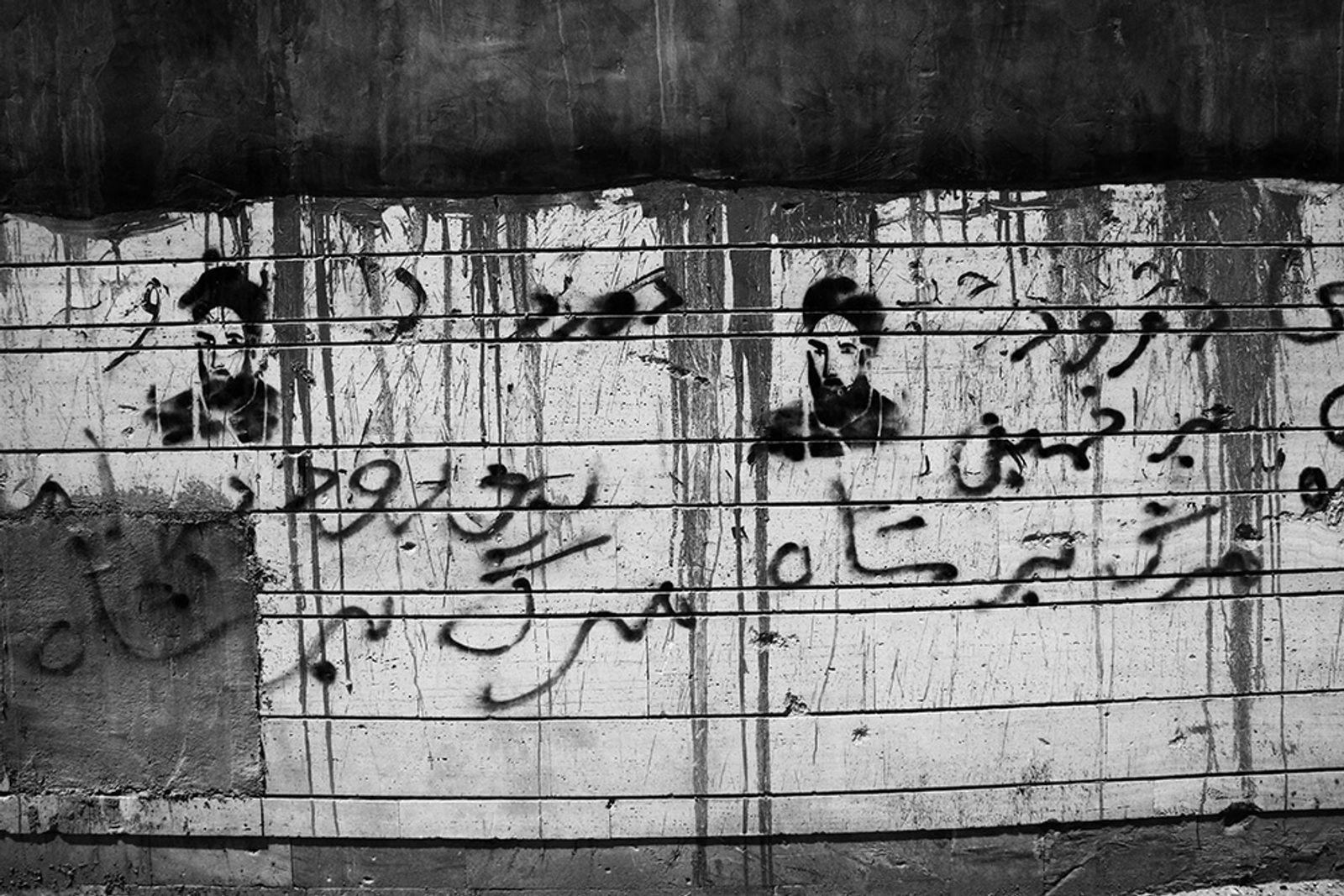THIS CITY HAS NO HEROES
-
Dates2013 - Ongoing
-
Author
- Topics Social Issues, Documentary, War & Conflicts
The Iran-Iraq war began in 1980 with the Iraqi invasion of Iran.Khorramshahr, a border town between Iran and Iraq, was the first city to be attacked by Iraq and occupied by Iraqis for two years. The 80 percent of the city destroyed and people lives with the wound of the war yet .
Khorramshahr is an ancient city dating back to 163 BC near the border with Iraq and near the head of the Persian Gulf. Before the Islamic Revolution in 1979, it was the country’s largest port, in a strategically important region rich in oil and natural gas resources.
Because of its location and economic importance, the city suffered aggression four times in the past century. As the prime outlet for Iran’s exports, including agricultural produce such as dates, it was an entrepot for centuries and a magnet for Iranians and foreigners looking for jobs and economic advancement. Iranians past called this city the “bride” of Iran’s ports.
Khorramshahr suffered its most recent aggression by foreigners in 1980, when Iraq attacked Iran. Saddam Hussein had designs on the city and the region, just as later he did on Kuwait. There, one of the largest classic battles between opposing armies occurred. Saddam had announced he could and would roll over the Iranian defenders, and even take Tehran, but the Iranian people and the military put up a valiant defence until their manpower and supplies were temporarily exhausted. They held off the Iraqis for 44 days. The Iraqi occupation of the city and surrounds lasted for two years, until 1982,. The liberation of the city was bloody: over 6000 people lost their lives and more than 24,000 were wounded. Moreover, more than 80 percent of the city’s infrastructure was destroyed or badly damaged, and much of the nearby agricultural land and date palms were wrecked. Only the city’s great mosque managed to remain a safe haven more or less during the protracted battles and occupation and it became a primary symbol of Iranian resistance. Before the war, almost a quarter million people lived in the city, but during the war the population was reduced to about 4,000 souls. Today the population has rebounded to 170,000.
Now, 35 years after the liberation of the city and the expulsion of Iraq forces from Iran, Khorranshahr remains marked by the war. Reconstruction efforts did start after the Iraqi occupation, but funds for the rebuilding have not been sufficient and any rebuilding has been slow. Many families native to the city left during the war and occupation to other countries or Iranian cities and have not returned while other people, such as gypsies and former inhabitants of the hinterland are living in houses that do not belong to them. This has resulted in vast changes to the former cultural and social arrangements in Khoramshahr. The city continues to suffer many problems, including deep poverty, drug addiction, severe unemployment and degraded hygeine. Meanwhile, some of the local people have remained, and they continue to await a renaissance that might return this important entrepot to its glories before the war with Iraq.
